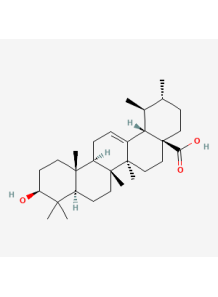Pure-Ursolic™ (Ursolic Acid 80%)
Cosmetics
Code: 127472
The product contains a minimum of 80% Ursolic Acid
Cart
No products
Subtotal:
0.00
Total
0.00
THB



